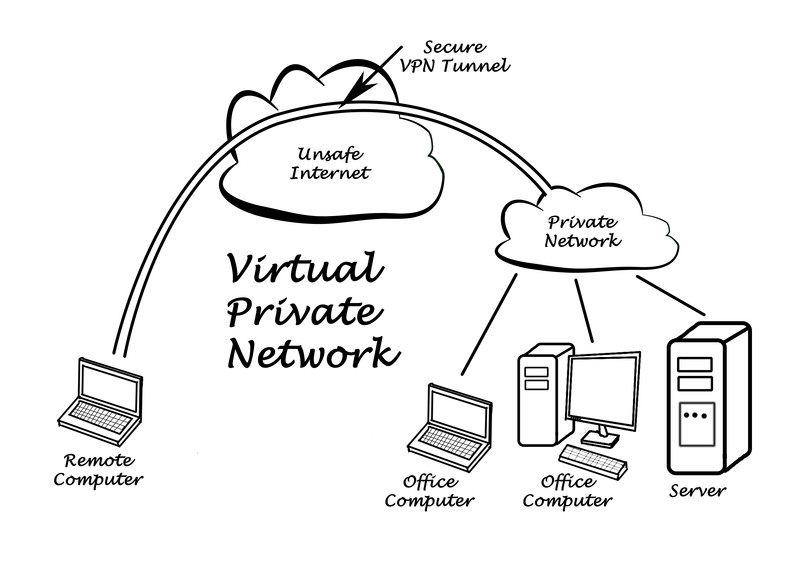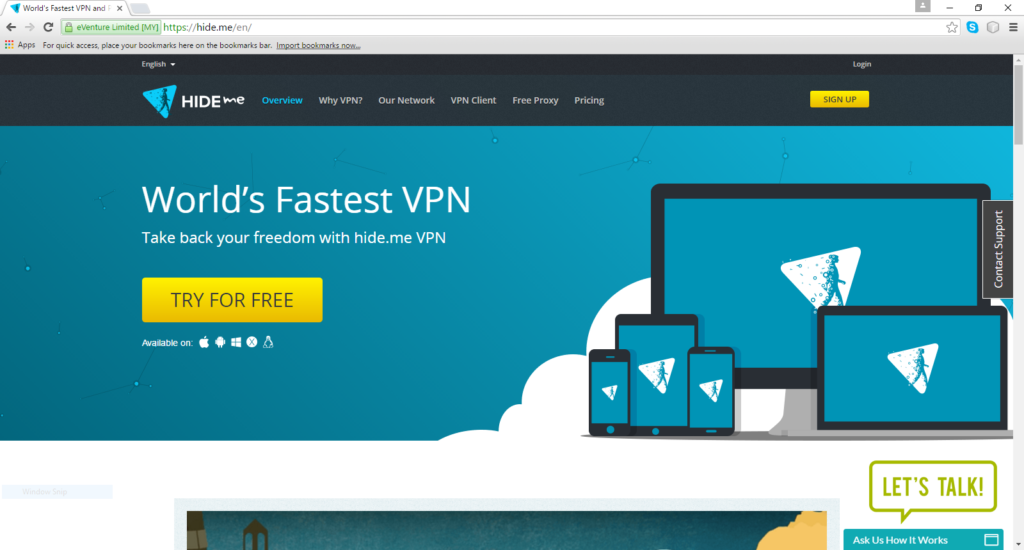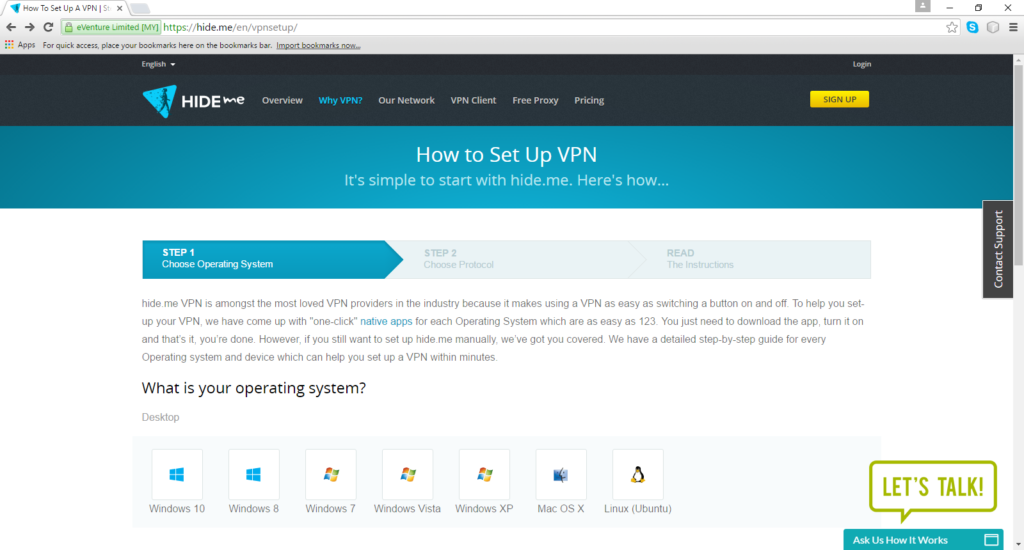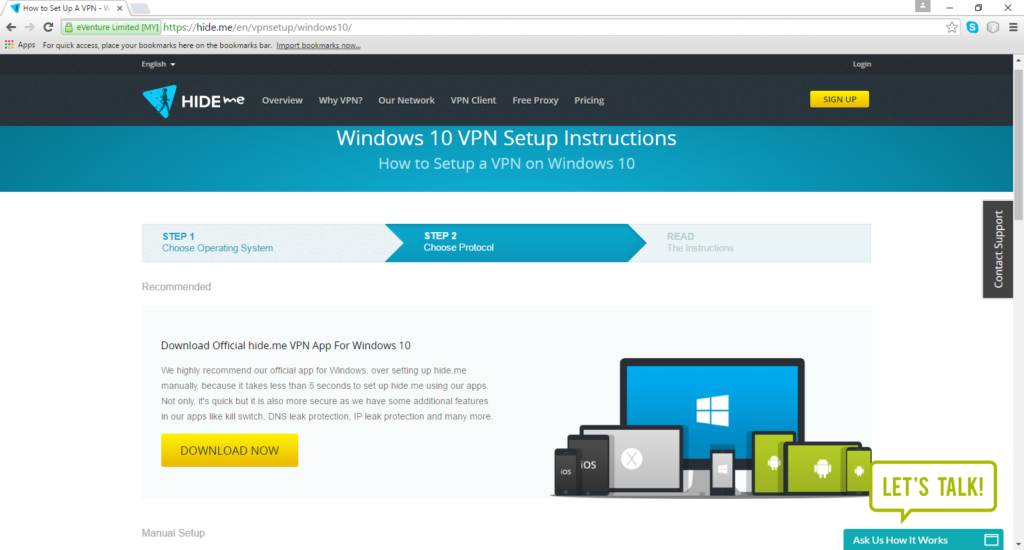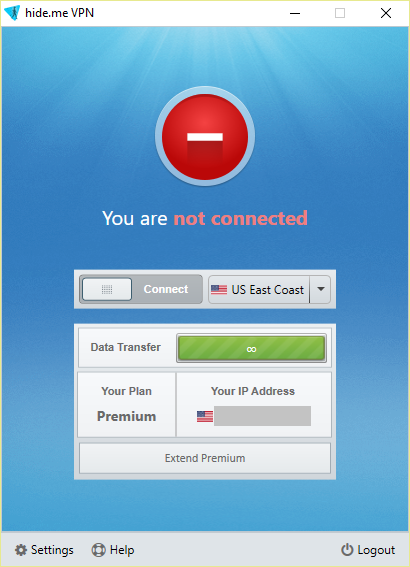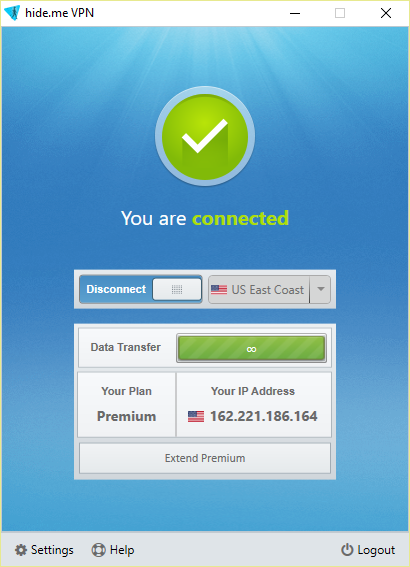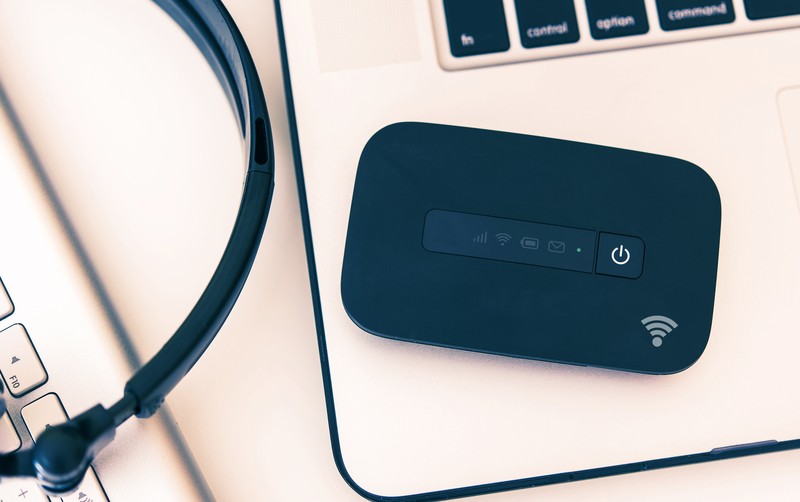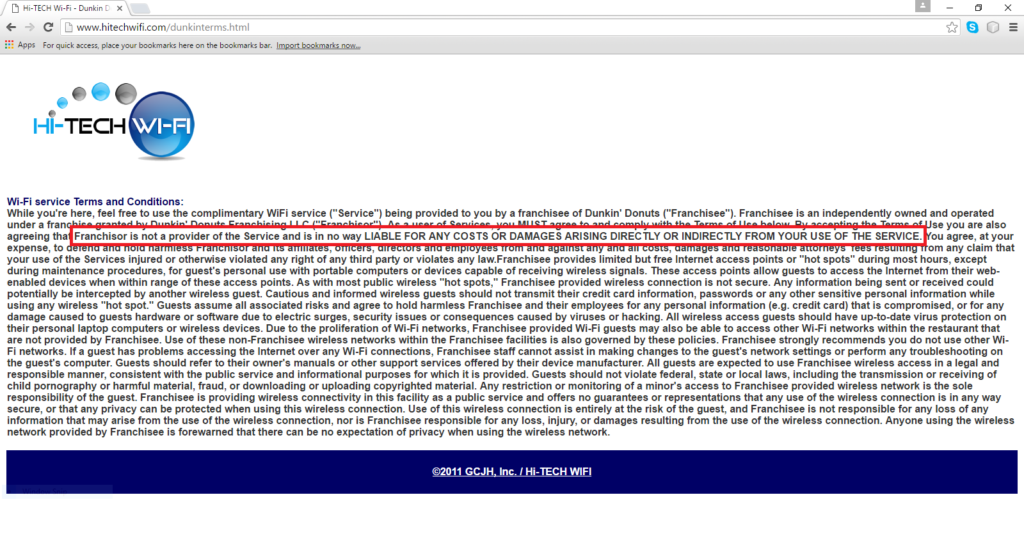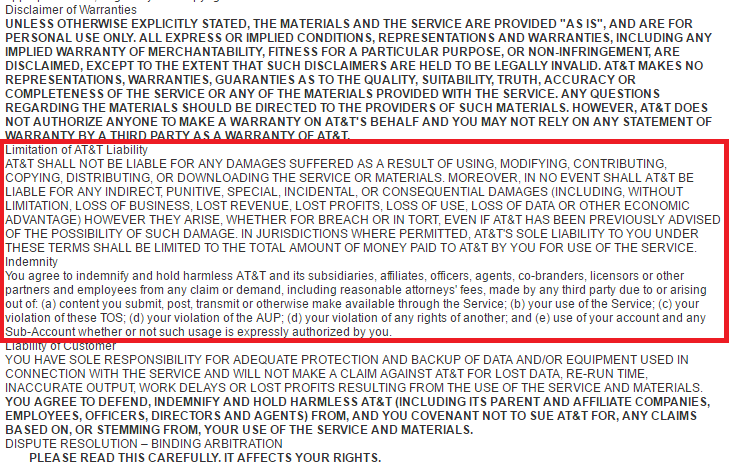“Digital Nomads”…”Remote Workers”…”Road Warriors”…”Location Independents”….
Call them whatever you will (the terms, to a point, are interchangeable), but there is an ever increasing numbers of individuals whom are opting for the freedom and flexibility to get out of their cubicles and offices to buy, sell, trade, and/or support “On-The-Go”. The hubs of these locations are still mainly in various coffeehouses, giving further credence to the cliché of the freelancer sitting at a table all day, but as of late, there has been a rise in “Co-Op spaces where startups and freelancers can give themselves a bit of “Corporate” credence by having an office space to base from without the financial sink of one.
These spaces usually have at least one wireless router somewhere for patrons to jack into in order to do whatever they want/need to do online. As you can imagine, there usually a lot of data flying through the air in a fairly condensed location. An individual in one of these locations, who really knew what they we’re doing, could stake out a spot in or even near one of these spots and start to literally pull that data out of the air, a process known as “Sniffing”, and either store it for later use or manipulate it before passing it along to its intended location.
A proof-of-concept for this was demonstrated back in 2010 by Software Developer Eric Butler who created a FireFox browser extension that he dubbed: “FireSheep”:
This extension would actually scan wireless streams for login credentials to popular sites such as Firefox and store them on the Attacker’s system. What made this extension all the more dangerous is that its operation requires no technical expertise, making it easy for anyone to add it to their own browse and use it for themselves. While this example is admittedly dated, its nonetheless a prime one that shows how vulnerable your information can made to be by a properly motivated party.
Which brings us to the crux of this article: If you currently identify with any of these groups, or plan to do so in the near future, then there are two items I would highly suggest having on hand, and being comfortable in regularly using:
- A VPN Service Subscription
- A Portable Hotspot
First Things First: What’s a “VPN”?
VPN is short for “Virtual Private Network”. As the names suggests, it’s the term used to described a logical network of computers that is somehow cordoned off from a larger network. Usually, the “larger network” is the internet.
In this situation, any devices within the VPN will be able to communicate with themselves, but communications beyond the network will either not be possible or at least encrypted so that external parties only see exactly that which is meant for them to see by the parties within the network.
In the “Coffeehouse” case presented earlier, a VPN connection would allow you still connect to the internet through the establishment WiFi, but your transmission would be encoded so that any sniffing attempt to collect your data as its passed through the air would only result in incomprehensible garbage.
(or, at least, “Incomprehensible Garbage”, as far as computer data goes. Encrypted or not, to the naked untrained eye, most of it will look like garbage in the first place.)
How to get a “VPN” network of your own?
The most expedient, and cost-effective, way of going about this is to sign up for a service through which you subscribe for access to a currently standing one. On average, depending on services and support offered, these subscriptions can range between $10 – $20USD a month.
TorrentFreak, a website that specializes in newsbytes regarding privacy, copyrights, and filesharing, runs an article every year where they list the top VPN service providers, and their answers to some very pointed questions regarding how they provide their services and under what conditions, if any, would they be compelled to respond to law enforcement requests for your information.
The latest incarnation of their annual review can be found below
Their list is in no specific order, which leaves the matter of any final decision to the reader. After my own review of a few of the companies in the pool that caught my eye, I settled on the following provider…
Hide Me (https://hide.me/en)
In my opinion, and as the adage goes, this company offers the most “bang-for-your-buck”: Their everything-under-their-sun offering is only $20 a month, but they also have a free service that you can use for a bit to see if you will really like them. They support all major architectures, and will provide you with dead simple “This is how you set yourself up” instructions for whatever you tell them you have, by way of their walk-through:
For most systems, you’ll just be installing their app and putting your account credentials in:
As far as actually using their product and protecting yourself, its LITERALLY a matter of flipping a switch:
As is my usual disclaimer in these matters: I have no vested interest in vouching for this company, financial or otherwise, but it’s a service I regularly use to protect my transmissions when im out and about and im very pleased with them. Should you choose to start looking into these providers for yourself, I’d highly advise you to start with them.
The Portable HotSpot
The one other thing you could do to protect your wireless data when you’re out and about is to have your own WiFi to work with in the first place. You would best accomplish this by investing in a portable HotSpot.
This is simply a device, about the size of a cellphone or smaller, that will allow you to connect your laptop, or any other net enabled device, to the internet through a cellular network. Having this on hand would take the WiFi service of many coffeehouses/co-op spaces out of the equation as you then wouldn’t need to use it in the first place or even be IN a coffeeshop to get work done.
Wherever you find yourself: If you can get a cell signal on the network the hotspot is connected to, you can get yourself internet access.
Now, if you have a smartphone that was built in the past 3-5 years, its very likely that it at least has the ability to be configured to do this on its own, if it can’t already just do it. However, depending on the phone itself, and the cellular network its working on when you’re using your phone as a hotspot, you may not be able to receive calls. If you can, the call may pause or break your internet connections. Also, depending on the specifics of your service plan, data that you use through your phone-as-a-hotspot could be counted against your pool of airtime minutes or the data set aside for your cellphone.
If you speak to your current cell provider about your needs for a dedicated hotspot plan, they can assist you in adding it to your plan, with a separate pool of data just for that purpose. Then you have that separate from your phone data and airtime. While rates and prices will vary between carriers, this is obviously a more pricey proposition to get yourself into, and its not necessarily one that you may need to take up, but if you can, you will be all the more protected in comparison to many of your peers who may be just betting on the backing of the establishment they are taking up the “Free WiFI” offer from…
…and many of them may not even be aware of just how little “backing” they are actually getting:
Thanks for reading. Feel free to share or leave a comment if you found this useful.



